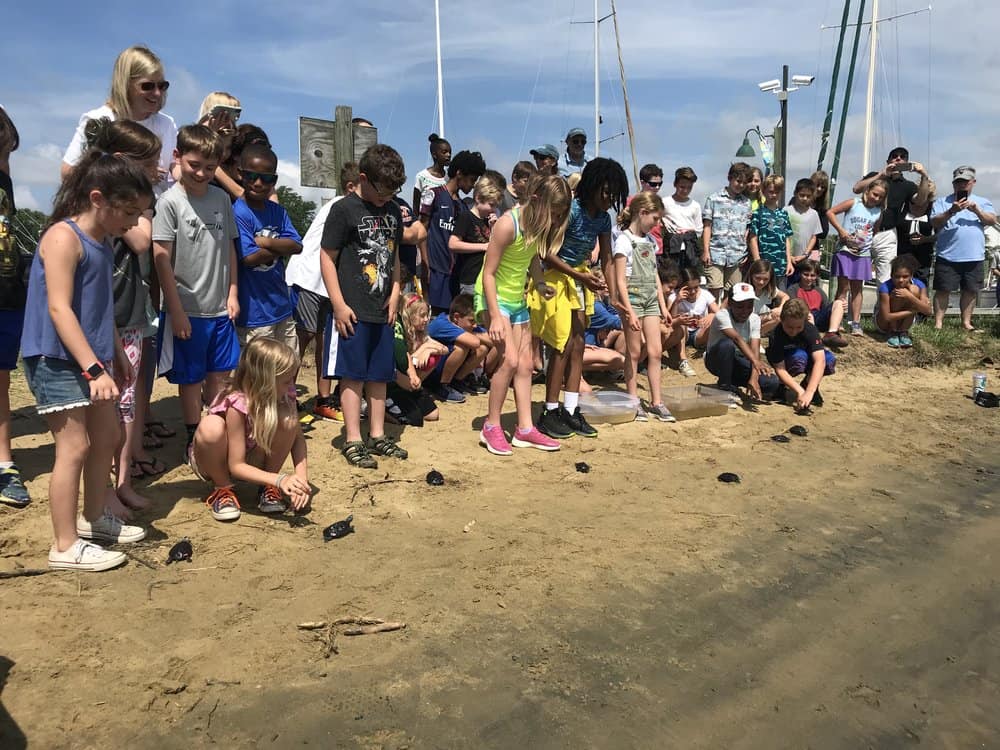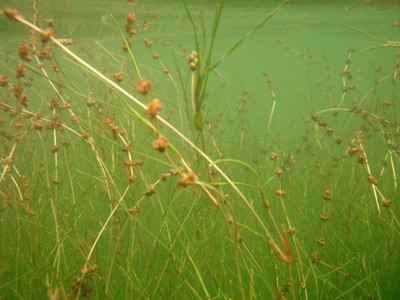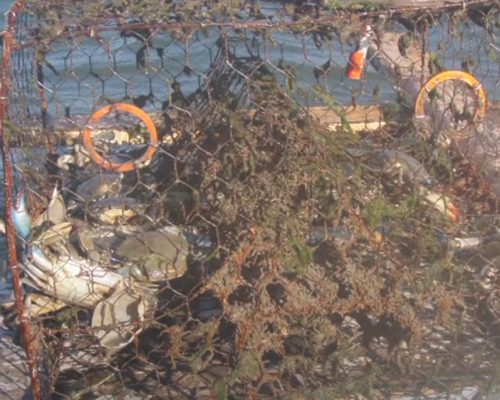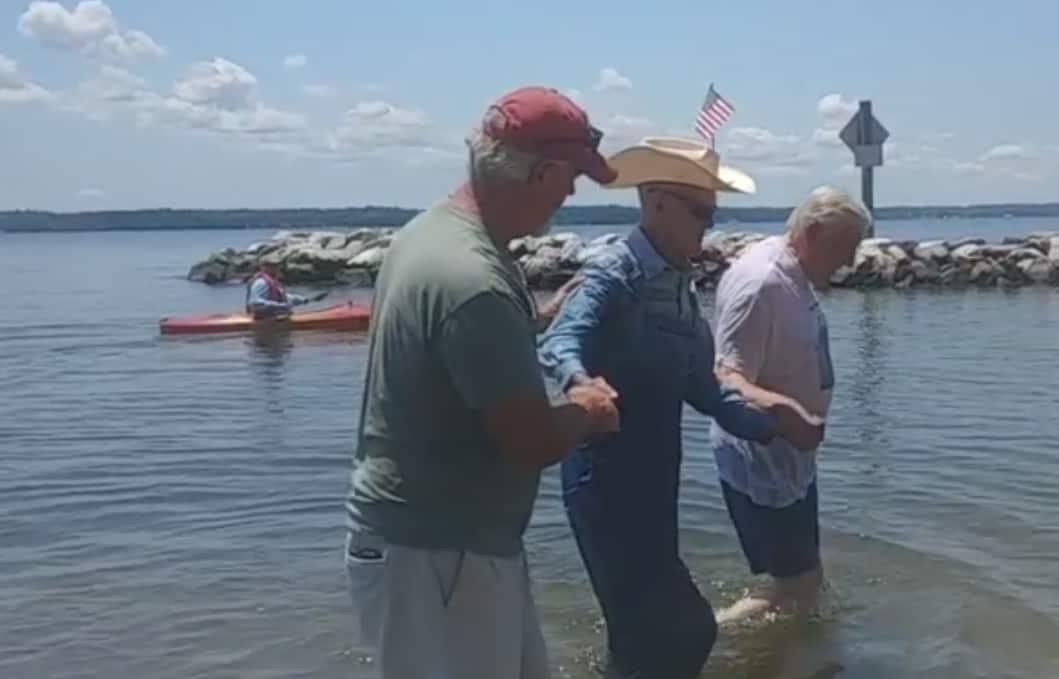After a winter spent with Annapolis-area elementary school students, a group of baby diamondback terrapins have been released back to their home in the South River.
In July 2017, a dog named Diamond and her owner, Lincoln Williams, discovered that a terrapin laid eggs on the Hillsmere Marina community beach. A terrapin nest is a rare sight in Annapolis, and most nests get eaten by predators.
After hearing of the discovery, the Terrapin Institute, a local volunteer group dedicated to recovering and protecting turtles, collected the 17 eggs and incubated them until they hatched.
In November, they placed the 17 baby turtles into classrooms at the Key School and Hillsmere Elementary through the Terrapin Institute’s Head Start Program with the goal of growing the turtles and educating the students on how to care for them.
If the turtles had been left to hibernate through the winter, they wouldn’t have grown as much and their chance of survival would have been around one percent, said Jeff Popp, co-director of the Terrapin Institute.
Over the winter, the quarter-sized turtles grew about four inches. Only one turtle, named Scout by the Key School’s fourth graders, didn’t eat or grow much during its time in the classroom, and didn’t make it.
Terrapins nesting on local beaches is a good indication that the water quality is improving, said Francesca King, a program assistant with the South River Federation. The water quality in the South River has improved over the last two years.
Bay Bulletin was there as eight of the turtles were released Friday at the Hillsmere beach with the elementary school classes watching. The other eight were to be be released Saturday at the same beach, for the community to see.
After the turtles are freed, the Terrapin Institute will passively track their progress through a tagging system. The turtles all have pink tags with the institute’s phone number, and if someone were to find one of the turtles, either out in the wild or on the road, the institute could access information about where the turtle is from and when it was released.
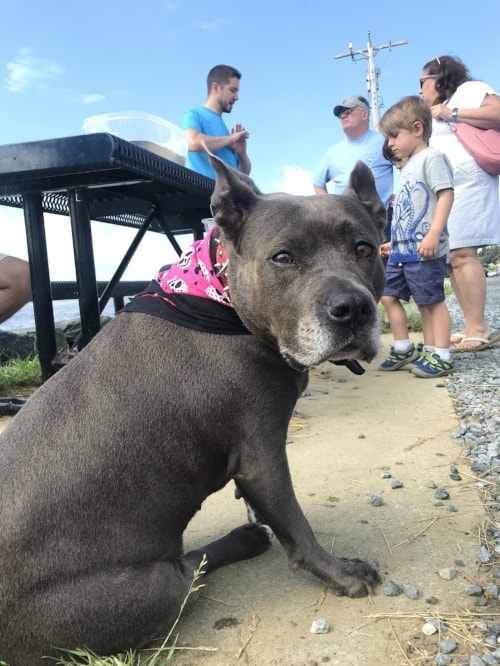
The turtles have a learned homing instinct, with younger turtles being more likely to hide in and claim the marshes around the river as their territory, said Popp.
In the fourth grade classroom at the Key School, Aoife Lennon and Billy Cumming were two of the students who helped take care of the terrapins by feeding them, measuring their shell size and weighing them. They got to watch two diamondbacks, Scooter and Diamond, grow over the winter.
Both Aoife and Billy enjoyed measuring and tracking the terps, making graphs in the school’s science room.
After learning about the terrapins, the fourth grade class presented information to the first, second and third grade classes about how everyone could help the terrapin population by putting bycatch reduction devices (BRDs), or “turtle excluders,” in crab pots.
When it came time to release the turtles, the fourth graders were sad to see them go, but Billy knew that they deserved to be back in the wild where they belonged, now that they were much stronger.
“We knew that since we took care of them, they wouldn’t get stuck in a crab pot or they wouldn’t die in the wild,” added Aoife.
The students gained a lot of insight about the importance of taking care of the local ecosystems, said Becky Fetters, the Key School’s lower school science coordinator.
“They learned how the interconnectedness of things we do to the land impact the quality of the water … and how their actions can impact animals like the diamondback terrapin.
-Natalie Jones

